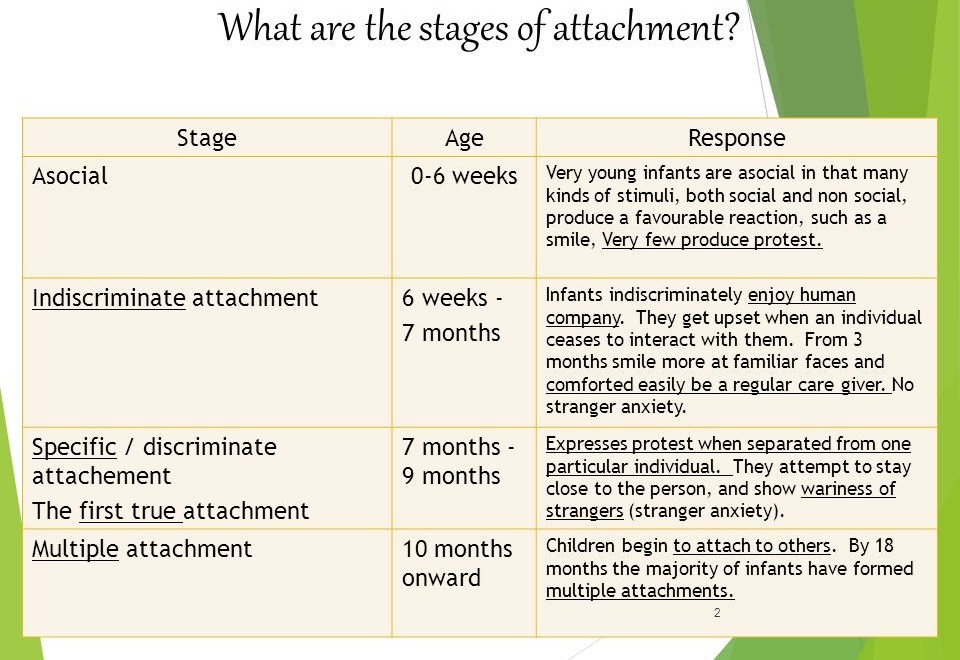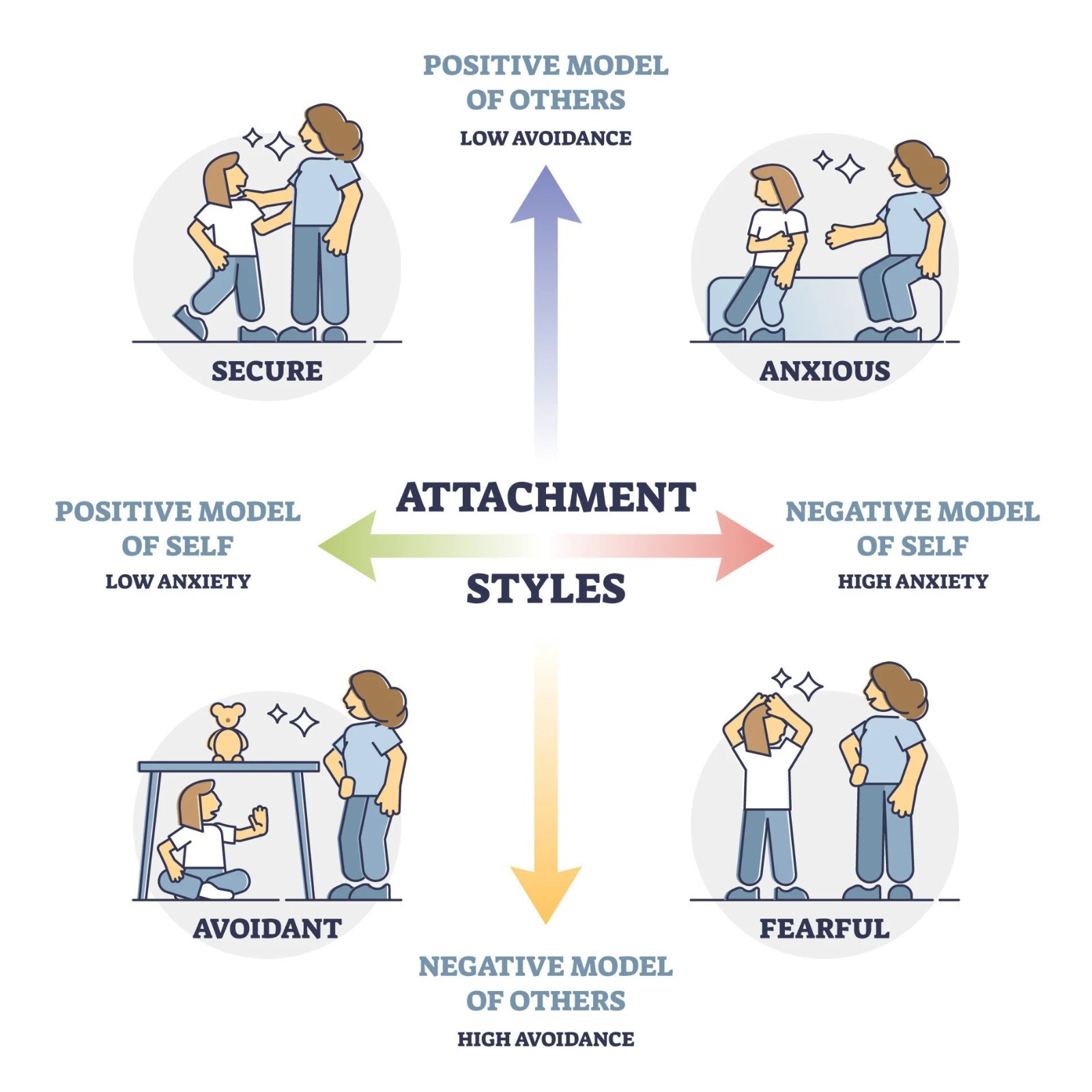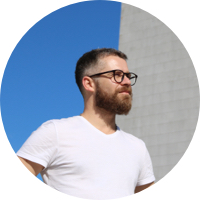Many people think that being a stay-at-home parent and raising children is a job that just about anyone can do. They believe that a 9-to-5 office job is much more challenging and don’t understand the skill, patience, and love that goes into nurturing a youngling.
The reality is different, and only some are great parents. Moreover, how we were raised affects multiple aspects of who we are today and how we raise future generations.
However, improvements can be made. That’s why, today, we will focus on attachment theories and teach you more about their importance, different attachment stages, and attachment styles so that you can improve your relationship with your child.
In this article
So, what exactly is the attachment theory, and how could we define it? What is it about? What does it mean? Who created it? Fear not, as we’ll answer all these questions below.
In essence, the attachment theory states that all humans need emotional bonds. We’re born with the need to form such bonds with our caregivers, and that emotional bond will develop in our first six months as babies, but only if our caregivers act appropriately toward us.
The attachment theory also focuses on the infant’s safety and security and has two main functions. One of those functions is to protect us, as infants, from harm, and the other is to reduce the number of negative emotions we connect to a tragic or harmful event.
Now that we know its theory, we can move on to its history and importance.
Initially developed by John Bowlby in 1969 and revisited by Mary Ainsworth in 1991, the attachment theory is regarded as the mutual work of these two brilliant scientists, and its origins stem from both psychiatry work and an experiment.
Namely, John Bowlby’s attachment theory was created after Bowlby’s work as a psychiatrist, and the theory suggests an intricate connection between infants separated early from the mother and how they later develop.
Bowlby’s theory of attachment also brings forth his belief that the caretaker is the primary source of safety and security for an infant, and without one, the infant’s chance to survive and develop into a rational and stable person later on significantly decreases.
On the other hand, Mary Ainsworth’s attachment theory is a bit different and involves a five-step experiment. Namely, it was tested on four groups of infants who were about a year old, and it goes as follows:
- The mother figure and the infant enter an unfamiliar room;
- The baby starts exploring the strange place;
- A peculiar face enters the room and begins gradually approaching the infant;
- The mother leaves the room, and the child spends time with the stranger;
- The mother returns to the room, and the baby responds to her.
Mary Ainsworth’s theory of attachment involves testing three essential aspects:
- The infant’s comfort levels in an unfamiliar place;
- The interaction with a foreign person;
- The infant’s reaction when the mother returns to the strange place.
The experiment’s findings suggest that infants can be secure, anxious, or avoidant during such interaction.

The attachment theory is the leading theory behind early social development, and it’s focused on one of our most vulnerable periods of growing up – our infancy. Essentially, the approach focuses on the importance of the infant’s bonds with their caregiver and shows how the lack thereof can cause various emotional and psychological issues.
Having such a bond in early childhood teaches you to trust people around you and take care of your and others’ emotional needs later in adulthood. Otherwise, the infant may develop not seeing themselves as worthy and deserving of love, respect, and care, which may cause them to see others that way, too.

Because of an experiment by Schaffer and Emerson during which 60 infants were observed for an extended period, we now know about four different attachment stages. Read ahead to learn more about each attachment stage, what it involves, and when it happens.
This period includes the first three months of an infant’s life, during which the baby has no specific attachments to anyone. Instead, the baby often cries, hoping to get anyone around and get food or affection, regardless of who it’s from.
Moreover, babies in this period do more than cry and are known to show positive feedback for nurturing and affection. In essence, it’s how they try to keep people close by and get more attention, even if they’re still not attached to anyone.
After the pre-attachment period comes the indiscriminate attachment stage, when babies are between three and seven months old. During this period, the babies start to form attachments to certain people around them, to whom they respond positively.
Other, unfamiliar faces can still show love and affection towards the infant, but the infant will likely exhibit less attention towards them than toward the people it’s already familiar with. During this period, the babies develop trust and show it only to their primary caregivers.
Babies between seven and eleven months old start forming attachment preferences, meaning they prefer familiar faces to unfamiliar ones. That often involves a single individual, which, in most cases, is the mother.
Infants in the discriminate attachment stage often show separation anxiety when a familiar face has been away for extended periods. On the other hand, babies can also show signs of stranger anxiety when it comes to unfamiliar people around them, which often involves crying and fussing.
After eleven months, and in some cases after only nine, babies start creating bonds with other people if they’re around often enough. It’s only then that babies start showing trust toward other people and don’t show separation anxiety when they’re with the other parent, siblings, or grandparents.
During this period, infants form multiple attachments toward different people around them, hence the name of this development stage.
Since now we’re familiar with the four attachment stages, and when they happen and what they involve, we can move on to attachment styles, of which there are also four.

In the 1990s, Bartholomew and Horowitz continued exploring the early attachment phenomenon, thus creating recognizable attachment styles according to the attachment outcomes. These styles refer to the adult era and how a person perceives love, affection, and trust.
The four models consist of one secure and three insecure styles, each different in expressing and perceiving emotions, which you can see below.
The first attachment style on the insecure spectrum is fearful/avoidant. This style is categorized by feeling of unworthiness and distrust, and people of the fearful/avoidant style will have trouble building strong relationships because they’ll have difficulty relying on someone else and trusting the other’s intentions.
However, the adults in this category will desire intimacy and relationships, followed by a sense of fear. Although they need emotional support and connections, they fear entering relationships and will likely live independently.
Friends and family may describe them as confusing since they want intimate and close relationships but fear them.
Avoidant is another insecure attachment model that might be more extreme than the previously mentioned one. Unlike fearful/avoidant people, avoidant people will, as the name suggests, entirely avoid intimate relationships and would rather live alone than rely on someone else for comfort.
Such people usually have less empathy than other attachment groups since their needs weren’t met in childhood, which leads to distrust. In most cases, people from the avoidant group have a brief, insignificant relationship and may have trouble maintaining strong connections.
The anxious model is characterized by preoccupation with others, and people with an anxious attachment style will put everyone’s needs ahead of theirs to receive intimacy and meet their emotional needs. They’ll always rely on someone else for comfort and may feel anxious if they aren’t by their loved ones.
Children who haven’t received enough emotional support or didn’t have their “emotional cravings” fulfilled during childhood can end up with an anxious attachment style. This attachment style can influence the person’s mental state the most, resulting in anxiety, depression, etc.
On the other hand, the secure attachment style differs significantly from the ones mentioned above. This style is preferred, as it can make the child’s future brighter and happier because the secure style is characterized by emotional regulation, empathy, trustworthiness, etc.
Secure people will know their boundaries and goals and never express extreme emotions. Moreover, they’ll know who to trust and have no trouble establishing relationships. They like to spend time alone to think about their feelings and work on their self-esteem to become their best versions.
Early attachment can shape one’s development process, determining the outcome in numerous aspects of the child’s life. Some elements influenced by the early attachment phenomenon are:
Secure attachments are a strong base for a positive self-image in the future, and if the child doesn’t have a secure attachment style, they may display signs of insecurity in their preteen and teen years. That can lead to further problems, such as individuals feeling unworthy, lacking motivation, being socially withdrawn, etc.
Early attachment influences one of the crucial aspects of social intelligence in youngsters. Positive interactions with the child’s emotions will lead to better empathy since the child will understand others’ feelings. They will also learn how to act in social interactions and “read the room,” leading to better social skills.
A child’s mental health and development rely on the caregiver’s attachment. The child will learn healthy coping mechanisms and develop emotion regulation skills that can lead to better mental health outcomes. Moreover, a child with a proper early attachment style will be less likely to develop depression, anxiety, panic attacks, etc.
Image source: https://famisafe.wondershare.com/images/homepage/homepage-banner.png

Regardless of your child’s attachment style, you can still do things to ensure a better future for your youngsters. For example, you could install a parental control app such as Wondershare FamiSafe to help keep your children more secure online and offline.
That’s especially essential in today’s online age because of the various threats young kids face, and even more so if you notice that your children have issues with the abovementioned items or think they might have one of the insecure attachment styles.
The app won’t help fix any parenting mistakes you might have made, but it will undoubtedly help improve their safety and maybe even improve their behavior. It will give you, as the parent, peace of mind about their whereabouts, what they’re watching, and who they’re friends with.
Understanding the early attachment theory and styles is essential for building a better future for your child. This phenomenon can significantly influence the child’s future, and it’s why developing secure relationships can mean a step closer to a healthy lifestyle for your child.
We’ve explained this theory, mentioned its origin, and discussed different attachment stages and styles to help you understand how to react to your child’s emotions.
Finally, we also mentioned an app that can help if your child is in their teens, as keeping track of their online activities is essential for building a secure attachment style. Thus, it would be best to use parental control apps and tools like FamiSafe to create a healthy environment for your youngsters.
